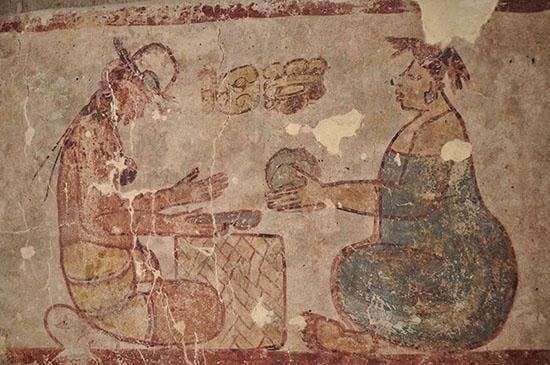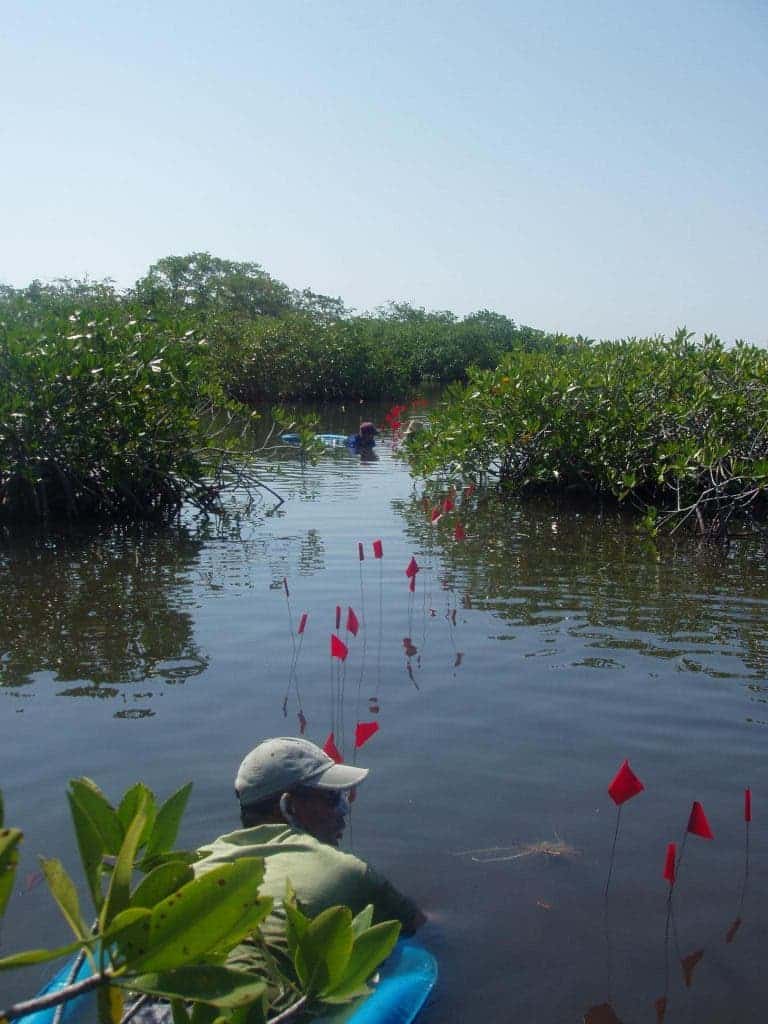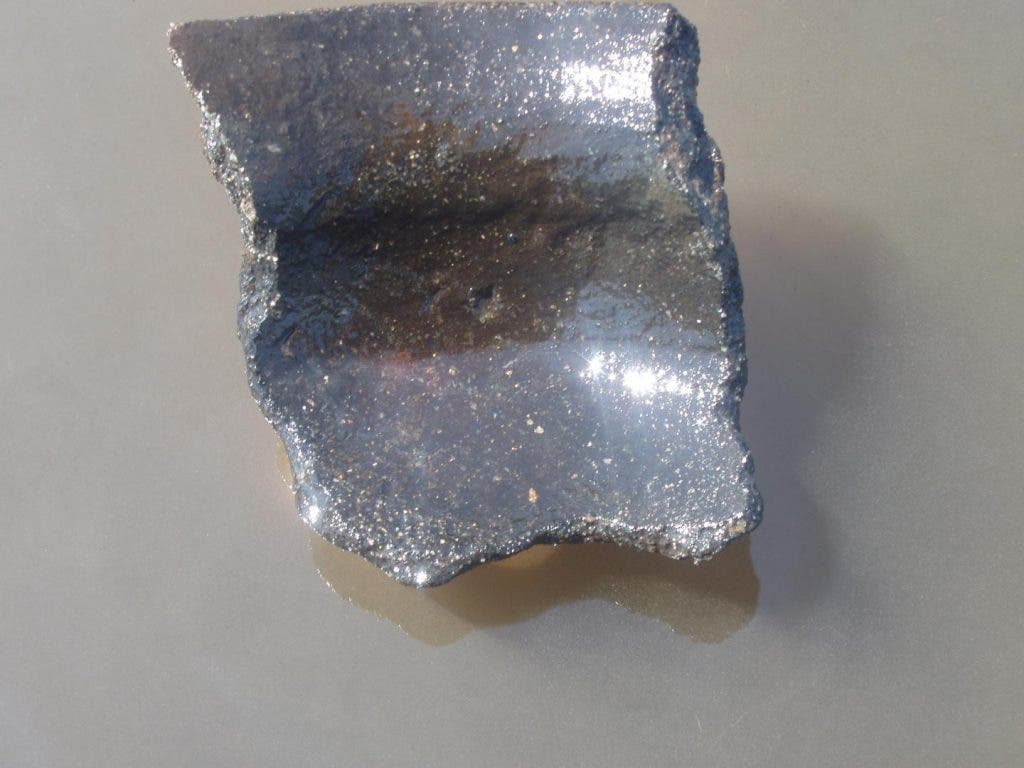At the ancient Maya site of Calakmul in Mexico’s Yucatan Peninsula, archaeologists have found a striking 2,500-year-old mural depicting an exchange of salt between a vendor and a buyer. It is the earliest record of salt as a commodity.

Salt has always been an important resource across the ancient world. As far back as 6050 BC, salt has occupied a central role for countless civilizations from China to Egypt. It served as currency at various times and places, and it has been the cause of bitter warfare.
In addition to its very practical role, salt has also played a vital part in religious rituals in many cultures, symbolizing purity. It is one of the most effective and most widely used of all food preservatives, which is why salt — also referred to as “white gold” — has always had crucial importance economically.
Although we now see salt as a cheap food ingredient, its rich history still touches our daily lives in more ways than we realize. The word “salary”, for instance, is derived from the word “sal”, the Latin word for salt. That’s because in ancient times, salt was so valuable that soldiers in the Roman army were sometimes paid with salt instead of hard currency. This monthly allowance was called “salarium”.
It’s no wonder to learn that salt occupied a central economic role among the ancient Maya as well. Archaeologists headed by Heather McKillop from Louisiana State University recently documented an ancient mural from Calakmul in which a salt vendor is shown handing out a salt cake wrapped in leaves to another person. The latter is holding a large spoon over a basket.

Since 2004, Mckillop has uncovered a wealth of archaeological evidence related to ancient Maya salt trade networks. These include the remnants of ‘salt kitchens’ — buildings made of pole and thatch that had been submerged and preserved in the saltwater lagoons of the mangrove forests in Belize.
The Maya would use these spots to extract salt by boiling brine in pots over fires. So far, the researchers have mapped 70 sites that comprise an extensive network of rooms and buildings known as the Paynes Creek Salt Works.
This must have been an industrial-scale operation, as the archaeologists have identified 4,042 submerged architectural wooden posts, a canoe, an oar, a high-quality jadeite tool, stone tools used to salt fish and meat, and hundreds of pieces of pottery.

Alongside this recently described mural, this evidence suggests that salt cakes were transported in canoes along the coast and up rivers in southern Belize, the researchers wrote in the Journal of Anthropological Archaeology.
“I think the ancient Maya who worked here were producer-vendors and they would take the salt by canoe up the river. They were making large quantities of salt, much more than they needed for their immediate families. This was their living,” said McKillop in a statement.
Two of McKillop’s students even replicated some of the ancient Maya pottery using a 3d printer based on scans taken in Belize of some of the hundreds of pieces of pottery investigated at the site. This confirmed that the ceramic jars in which the Maya boiled the brine were standardized in volume.
“Produced as homogeneous units, salt may have been used as money in exchanges,” McKillop said.









